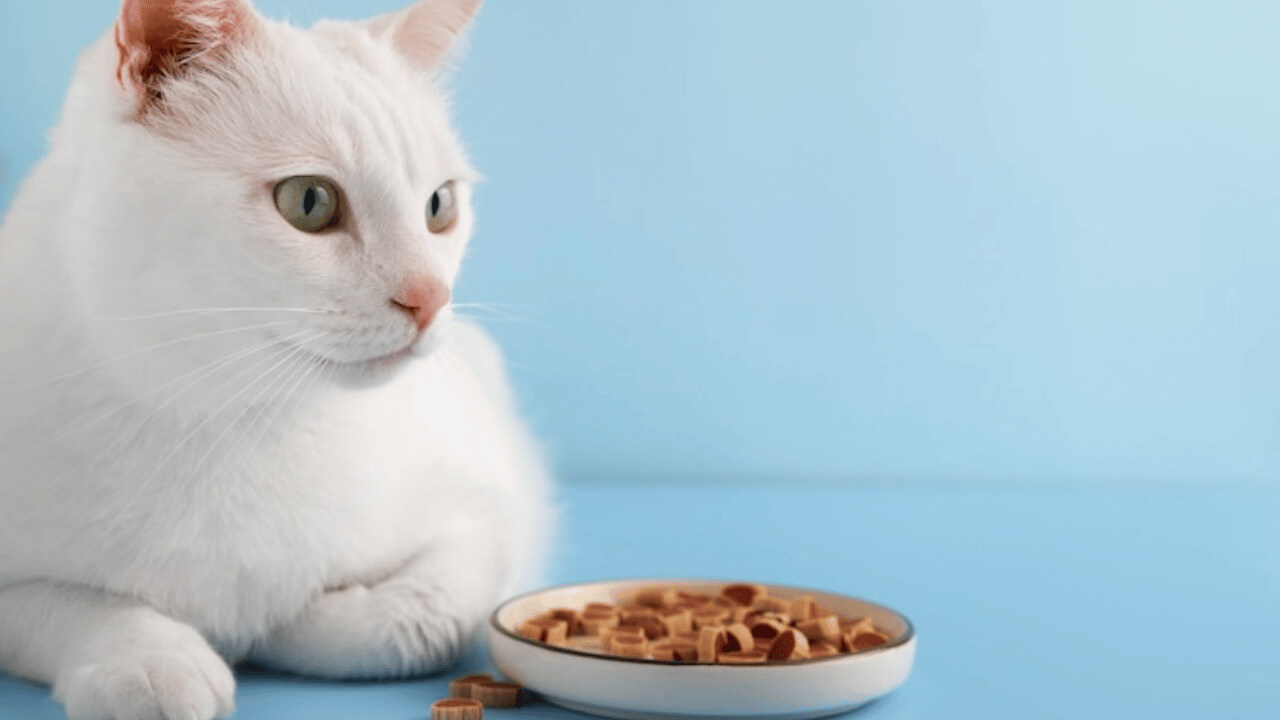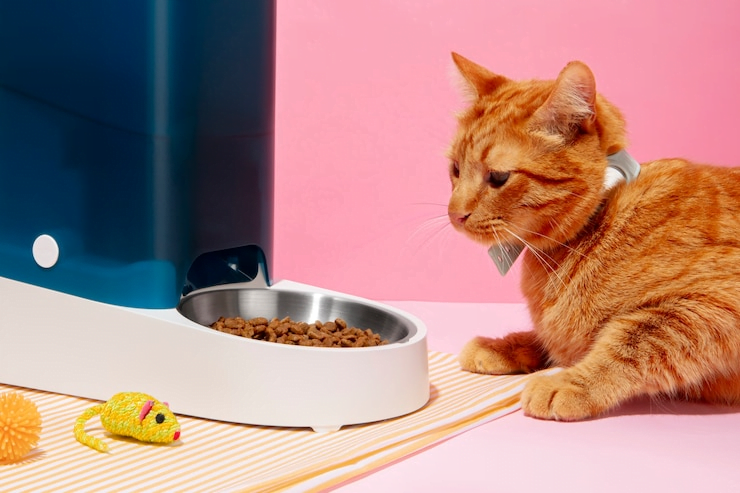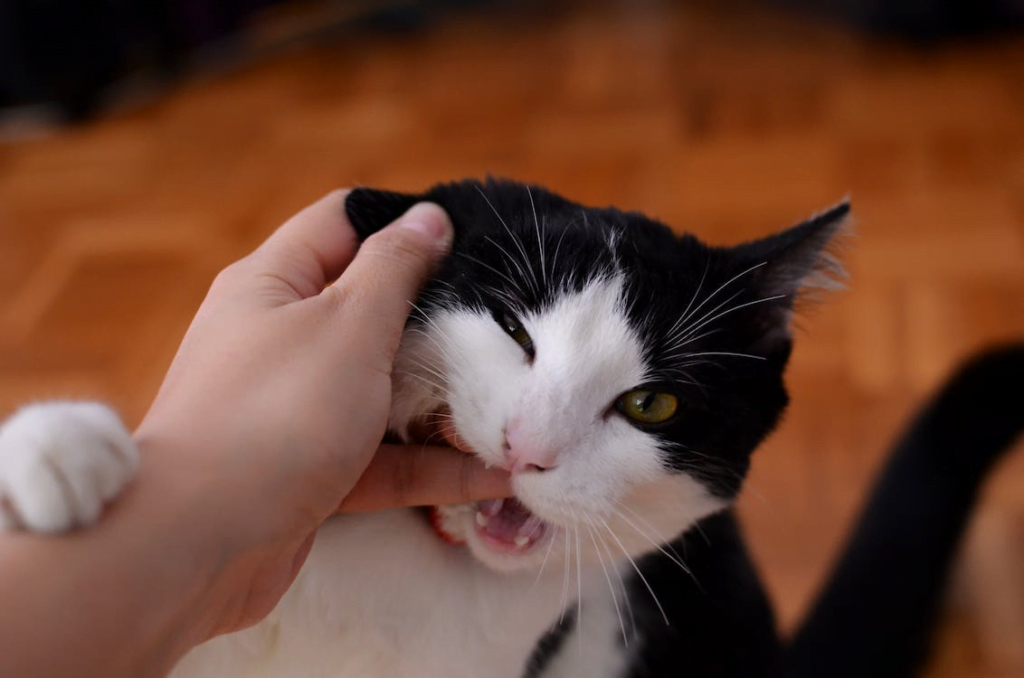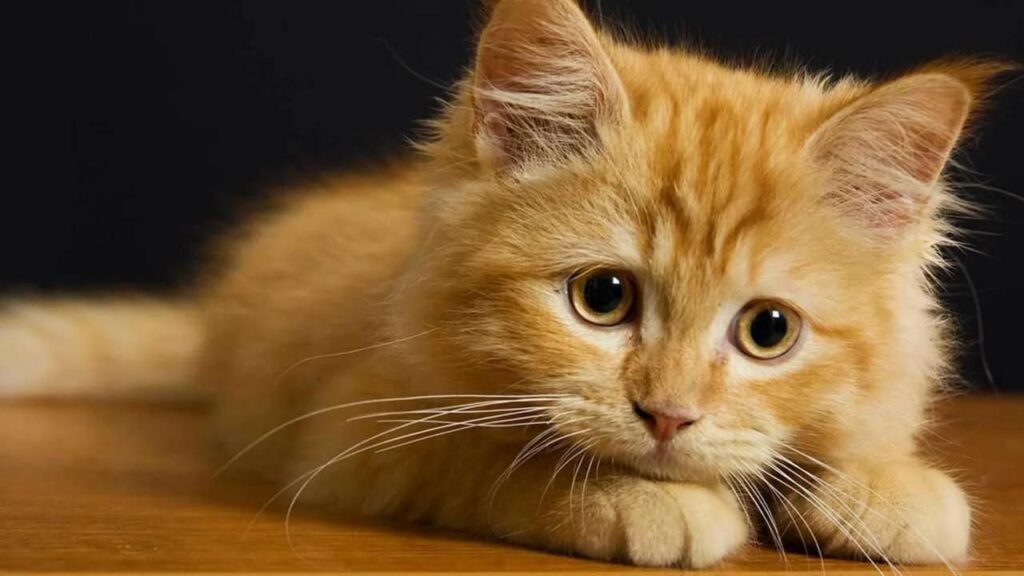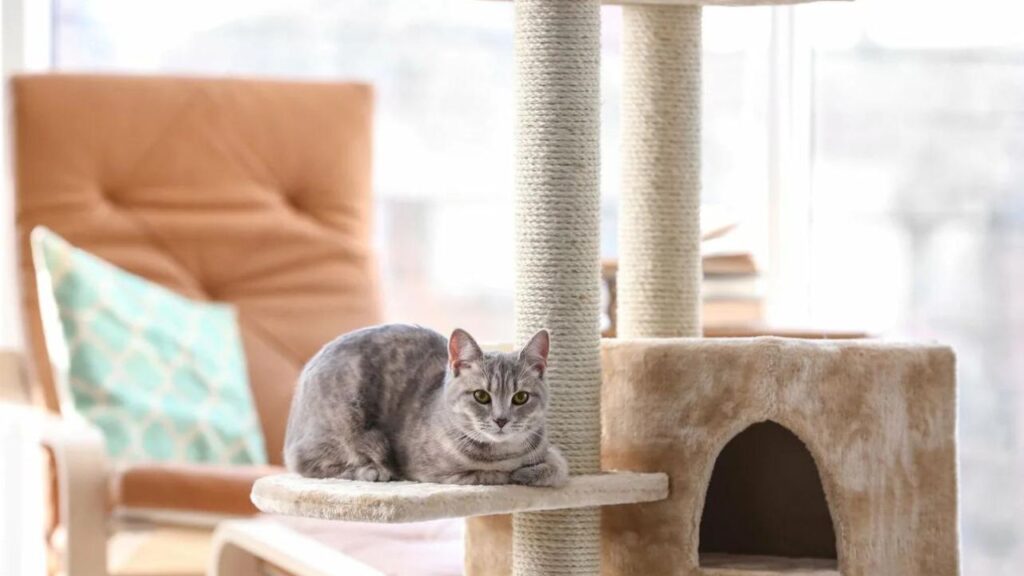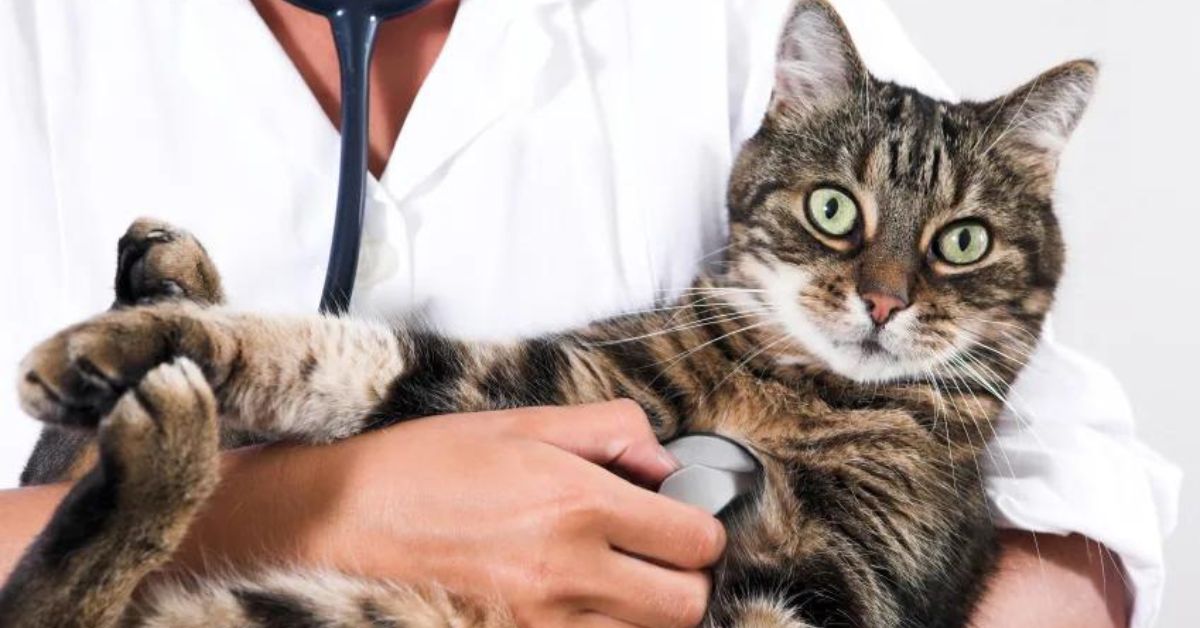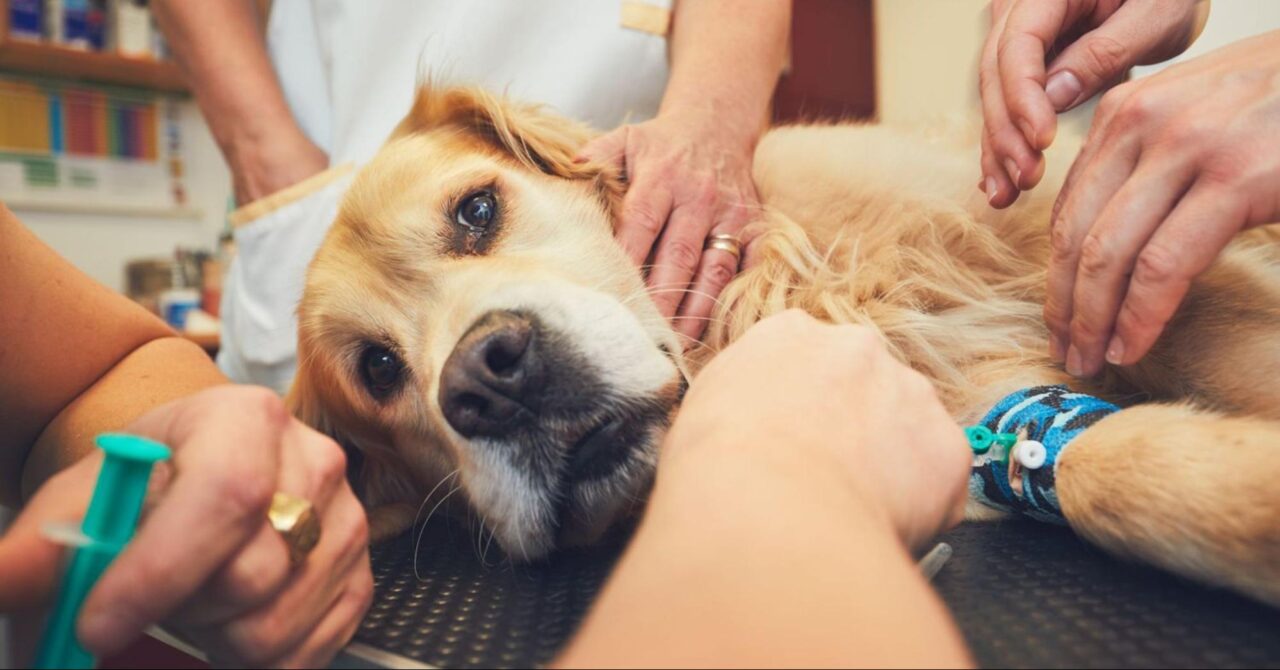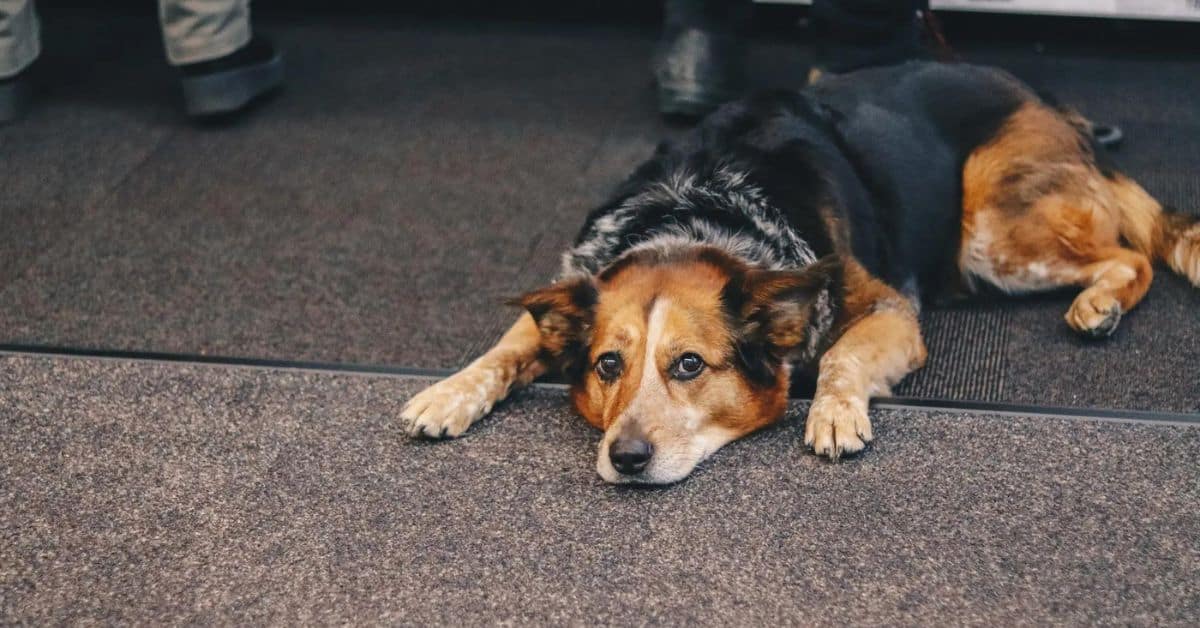
Introduction
Cats are known for their independence and cleanliness, including their meticulous grooming habits and regular use of the litter box. However, as a cat owner, it’s important to understand How Long Can a Cat Go Without Peeing. This article explores the typical duration a cat can hold its pee, signs that might indicate a urinary problem, and what you can do to ensure your cat’s urinary health.
How Long Can a Cat Go Without Peeing After Surgery
After surgery, your cat’s ability to urinate might be temporarily affected due to anesthesia and postoperative stress. Most cats regain their normal urination habits within 12 to 24 hours after surgery. However, monitor closely and consult your vet if there are any concerns.
Understanding a Cat’s Bladder Capacity
A cat’s ability to hold urine varies depending on factors like age, health, and size. On average, a healthy adult cat can hold their urine for about 24-48 hours. This timeframe can be shorter for kittens or elderly cats with weaker bladder control.
Signs of Urinary Issues
It’s essential to be aware of signs that might indicate a problem with your cat’s urinary system. If your cat is straining to pee, vocalizing during urination, or urinating outside the litter box, these could be signs of a urinary tract infection or blockage and require immediate veterinary attention.
Importance of Regular Litter Box Cleaning
Maintaining a clean litter box is crucial for encouraging regular urination in cats. Cats are sensitive to cleanliness, and a dirty litter box might discourage them from using it, leading to potential urinary issues.
Tips for Monitoring Your Cat’s Urination
As a responsible cat owner, you can monitor your cat’s urination habits by observing how frequently they use the litter box and the volume of urine produced. Any changes in these patterns should be noted and discussed with your veterinarian.
Hydration and Its Impact on Urination
Ensuring your cat stays hydrated is vital for their urinary health. Cats that consume sufficient water are less likely to develop urinary issues like bladder stones or infections.
Seeking Veterinary Advice
If you suspect your cat is having difficulty urinating or notice any abnormalities in their urination habits, it’s crucial to seek prompt veterinary advice. Delayed treatment of urinary issues can lead to severe complications.
Factors Affecting a Cat’s Urination
Several factors can impact how often a cat urinates. Adequate water intake is vital to maintain proper hydration and promote regular urination. Additionally, underlying health conditions like kidney disease or urinary tract infections can affect a cat’s urinary habits. Moreover, stress and anxiety may lead to irregular urination patterns in cats.
How Long Can Cats Typically Hold Their Bladder?
The duration a cat can hold its bladder varies based on several factors. Generally, adult cats can hold their urine for up to 24-48 hours under normal circumstances. However, this can differ depending on the cat’s age and bladder capacity.
Risks of Holding Urine Too Long
While cats have the ability to hold their urine for extended periods, there are risks associated with prolonged bladder retention. Holding urine for too long can predispose cats to urinary tract infections, bladder stones, or even urinary blockages, especially in male cats.
Tips to Ensure Healthy Urination for Cats
To promote healthy urination habits in cats, consider the following tips:
-
Provide fresh water daily to encourage adequate hydration.
-
Maintain clean litter boxes in accessible locations.
-
Schedule regular veterinary check-ups to monitor urinary health.
How Long Can a Cat Go Without Peeing Before It’s Dangerous?

The duration a cat can go without peeing before it becomes dangerous varies depending on the individual cat’s health and circumstances. However, any cat showing signs of distress or not urinating for more than 24 hours should be evaluated by a veterinarian immediately.
Cat Peeing Problems: When to See a Vet
If your cat is experiencing any of the following, seek veterinary care promptly:
-
Frequent attempts to urinate with little to no urine produced
-
Blood in the urine
-
Urinating outside the litter box
-
Straining or vocalizing in the litter box
Signs Your Cat Needs to Pee Urgently
It’s essential to recognize signs that your cat needs to urinate urgently:
-
Excessive grooming of the genital area
-
Restlessness or pacing
-
Vocalization or distress
-
Straining in the litter box without producing urine
Typical Urination Patterns Across Different Ages
Kittens: Urinate frequently, often every few hours due to their smaller bladder capacity.
Adult Cats: Establish a more predictable urination schedule, typically every 4-6 hours.
Senior Cats: May experience changes in urinary habits due to age-related issues like reduced kidney function.
Behavioral Aspects of Urination
Understanding a cat’s urination behavior is essential for distinguishing between normal elimination and marking behavior or stress-related urination problems.
Marking Behavior vs. Regular Urination
Territorial Marking: Cats may spray or mark areas with urine to establish territory or communicate with other cats.
Regular Elimination: Cats use the litter box for routine elimination, covering waste to maintain cleanliness.
h3Stress-Related Urination Issues
Environmental Changes: Moving homes, new pets, or disruptions in routine can cause stress-induced urination problems.
Medical Conditions: Underlying health issues can also manifest as changes in urination behavior due to stress.
Health Factors Affecting Urination
Certain medical conditions can impact a cat’s ability to urinate normally. Understanding these conditions and their symptoms is crucial for prompt veterinary intervention.
Common Urinary Tract Conditions in Cats
Urinary Tract Infections (UTIs): Bacterial infections that cause discomfort and frequent urination.
FLUTD (Feline Lower Urinary Tract Disease): Collective term for various urinary issues affecting cats.
Bladder Stones or Crystals: Mineral deposits in the bladder that can obstruct urine flow.
Impact of Medical Conditions on Urination Frequency
Increased Urination: Conditions like diabetes can cause excessive urination (polyuria).
Painful Urination: Infections or urinary obstructions can lead to discomfort during urination.
Conclusion
Understanding how long a cat can go without peeing is essential for every cat owner. By being observant of your cat’s urination habits and providing a clean litter box, fresh water, and a balanced diet, you can help maintain your cat’s urinary health. Remember, any changes in urination patterns should be addressed promptly by a veterinarian to ensure your cat’s well-being.
FAQs
How often should a cat urinate?
Cats typically urinate 2-4 times a day, depending on factors like hydration and health.
How long can a cat go without peeing when traveling?
When traveling, it’s essential to provide opportunities for your cat to use the litter box every 6-8 hours. Ensure access to water to maintain hydration.
What foods can promote urinary health in cats?
Wet food with high moisture content is beneficial for urinary health, as it helps increase a cat’s water intake.
How can I help my cat with urinary issues?
Ensure your cat stays hydrated, provide a low-stress environment, and feed

